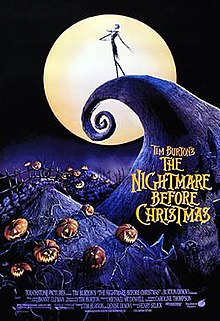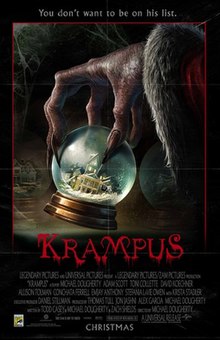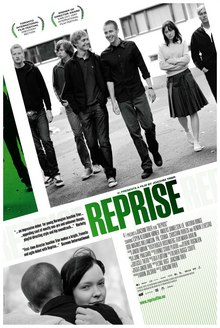
Released: November 27th,
2015
Rated: R
Distributor: Focus Features
Starring: Eddie Redmayne, Alicia Vikander, Matthias
Schoenaerts, Ben Whishaw, Amber Heard
Directed by: Tom Hooper
Written by: Lucinda Coxon
Personal Bias Alert: loves Vikander, haven’t read the book
6.8 of 10
Welcome
to your stuffy British Oscar bait! You’d
be hard-pressed to make a film more tailored for awards season than The Danish Girl, which has the distributor,
topical storyline, and pedigree to make its run blindfolded. In a way, that appears to be what it’s doing,
as after a rousing premiere at the Venice Film Festival it stumbled in Toronto
and has been limping along ever since. But
it’s still got foolproof nominations for Eddie Redmayne and Alicia Vikander, who’s
strategically running in the supporting category, and remains in consideration
for several other categories. That’s the
power of perception for you, because taken on its own accord, The Danish Girl deserves little more
than a polite nod as you leave the theater.
That
topical storyline has to do with the growing prominence of transgendered people
in Western media. The Danish Girl draws upon the story of one of the first people to
ever get sex reassignment surgery, the artist Einar Wegener/Lili Elbe
(Redmayne). I say draws upon because
this story plays very loose with the facts, an easy freedom that isn’t
inherently negative, but unfortunately wasn’t used here to form a
well-structured movie.
The Danish Girl is adapted from the
novel of the same name, which I’m assuming is where the focus on the
relationship between Einar and has wife, Gerda Wegener (Vikander), comes
from. It’s an excellent plan to root the
story in the universally relatable situation of loving someone who’s changing before
your eyes, and the pairing of such emotive actors as Redmayne and Vikander really
allows that story to take off. They play
off of each other so well, vivaciously bubbly when they’re in love and
misty-eyed when in rough patches, that the complexities of their ever-changing
relationship is remarkably easy to track.
The
problem is that screenwriter Lucinda Coxon doesn’t match this relationship’s
emotional arc to the plot’s structure, allowing the turning point in the
relationship to come far too early and for the same dynamics to drag along for
long stretches of time. The plot itself
becomes very bogged down in the physical aspects of Einar/Lili’s transition,
from the adoption of feminine movements to the surgeries themselves. This is understandable considering that her
physical transformation is what she’s remembered for, but this doesn’t bear
much emotional heft on its own. By not
pairing the plot’s climax to the couple’s relationship, the back half of this
film becomes remarkably dispassionate, and its ending feels like nothing more
than a rote bid for tears.
Director
Tom Hooper has a certain self-aggrandizing tone that he uses as his de facto
mode of storytelling, which has led to two straight Best Picture nominations
and certainly produces austerely beautiful films. The
Danish Girl proves to be no exception, as everything from the score, sets,
costumes, and cinematography is impeccably done. His framing of shots have often resembled
posed paintings, which fits nicely with the galleries and workshops much of
this film takes place in. Stills from
this movie would look lovely framed and hanging on a wall, but this style
matches poorly with the film’s uneven emotional resonance, so much so that when
the couple’s relationship ebbs from time to time, the film becomes very
flat. Hooper does nothing to address the
story’s shortcomings, apparently feeling that a nice presentation was all the
screenplay needed, which indicates a massive failure to understand the story he
was tasked with telling.
Thank god for Redmayne and Vikander, who
prove to be the only ones capable of injecting some life into these stiff
proceedings. It’s encouraging that, for
all of The Danish Girl’s Oscar
maneuverings, the two people who truly delivered at their jobs are the only
ones assured of its golden recognition.
Other Notes:
Ø Ben Whishaw and Matthias
Schoenaerts give solid, if stiff, supporting turns.
Ø Whishaw may be one of
the few people to have appeared in more films than Vikander in 2015.
Ø I adore the way this
film shows people painting through the back side of the canvas.









